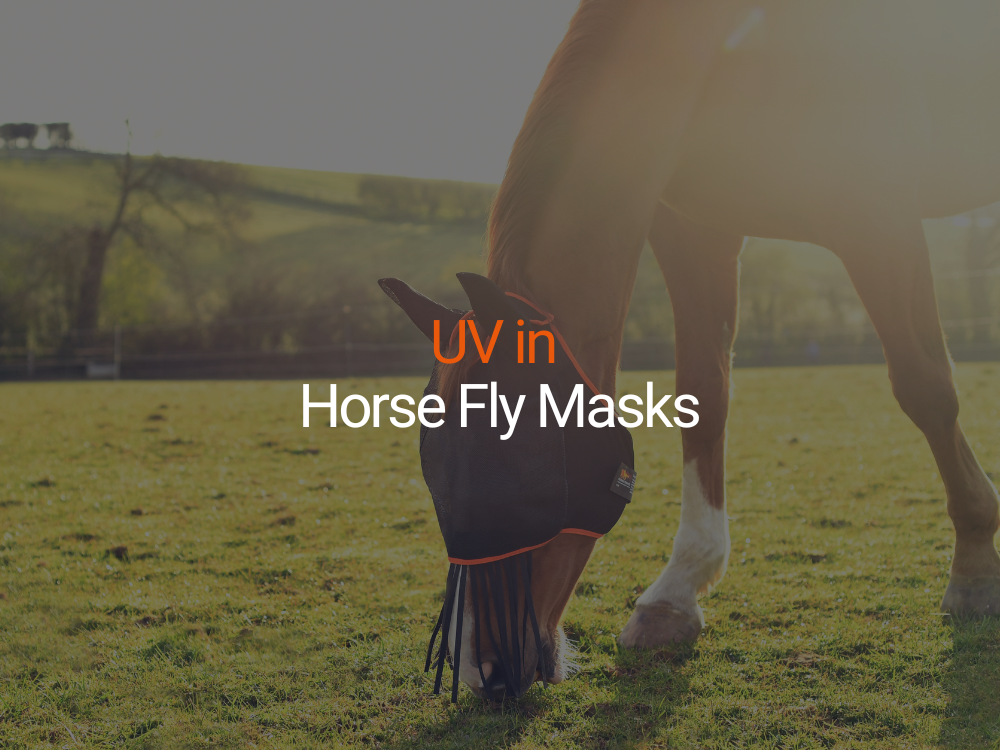Headcollars are one of the most used pieces of horse equipment. In fact, 88% of owners use a horse headcollar every day*. As riders, we have safety equipment to protect ourselves, such as boots, hats, and body protectors. This is obviously to prevent injury or the severity of injury in the event of an accident. But is there a need for our horse headcollars to be safe too? We designed our Stellar Headcollar after researching headcollar accidents, read on to find out what we found.
Why is it important that horse headcollars are safe?
We’ve already established that headcollars are used frequently. But when looking into the research around headcollars, there didn’t seem to be any. Even ‘safe’ headcollars seemed to have no testing (from what is publicly available to view).
First, is there a need for safety? Are headcollars potentially causing injury to horses? Dr David Marlin undertook a survey of 5615 horse owners to find out*. The results showed the following:
Almost 1 in 3 horses were injured as a result of a headcollar related incident.
More than 1 in 7 people were injured as a result of a headcollar related incident.
167 horses were fatally injured as a result of a headcollar.
These incidents happened during various points of general horse handling, with most of them occurring when horses were tied up. If you think about it… Most horse owners tie their horses up daily. Then when we travel or compete, horses can be tied up even more frequently. Of course, there are always other accidents that can happen, especially if your horse is turned out in a headcollar. We all know of the freak accidents too, where horses get their headcollars attached to gates, or stable doors.
In summary, these survey results certainly demonstrate the need for headcollar safety. While some horse owners may think that their horse doesn’t need a safe headcollar, it follows the same principle as our own riding hats. You may only fall off once every few years – but your hat is there to protect you when you do. Your horse may have never had an accident involving a headcollar. But a safe headcollar will be there to help them if they do.
How do you know a horse headcollar is safe?
The first step to find out if a headcollar is safe is to look at what could potentially cause injury.
There is likely to be two reasons:
The force placed on the horses’ head from the headcollar during an incident.
The horses panic, if they are restricted, could cause them to fall or thrash around blindly.
Survey Results
These reasons are backed up by the survey results too, showing that horses sustained various injuries from headcollars*, including:
Bruising
Cuts
Fractures
Like a hat, body protector or pair of boots for your horse, the only way to know if a headcollar is safe is to test it. For headcollars, determining its safety is going to be related to when it releases. If it doesn’t release, this could cause severe injury not only to the horses’ head and surrounding structures, but also cause the horse to panic and potentially do further damage.
Headcollar Testing
Dr David Marlin tested a range of typical headcollars to find out their release points. The results were surprising, with some headcollars being able to suspend a horse’s entire body weight before releasing or breaking. Look at the below diagram for example. This is a representation of the amount of weight it takes for these headcollars to release shown in hay bales. It doesn’t take much imagination to understand how much weight goes onto your horse’s head when they are struggling to get free.
On the other end of the scale there are headcollars which released far too easily. This could mean that they are not suitable to handle your horse with for day-to-day management. This too could pose a safety risk if they were to release while leading or unnecessarily.
What is the solution?
For your horse’s safety, in the event they need to get free, using a headcollar which releases at the lowest amount of force will always be the safest option. This, however, is not a practical solution. We need to be able to tie up our horses and have the headcollar be able to withstand some pressure. Or lead and have the headcollar withstand a horse pulling or perhaps feeling fresh.
Therefore, the ideal headcollar will provide a balance – so that you can handle your horse safely, but it will also release if you horse gets into real trouble. Without testing, there’s no way to measure this. So, using a headcollar with testing behind it can give you confidence that if your horse needs it, it’s ready to release.
The Stellar Headcollar
The Stellar Headcollar was designed because of this research and testing. It can be used for everything from tying up, leading, travelling and even as a field safe headcollar too. We not only wanted to create a long lasting, comfortable and smart headcollar, but we wanted one you could trust too. Horses as we know are unpredictable, so having a headcollar there for when you need it could save your horse from serious injury.
References;
An online survey of equestrian headcollar use and safety - Marlin - 2022 - Equine Veterinary Education - Wiley Online Library
Opening forces or failure of commercially available equine headcollars and other safety devices - David J Marlin, Kirstie Pickles, Roberta Ferro de Godoy, Jane M Williams, 2021 (sagepub.com)




















